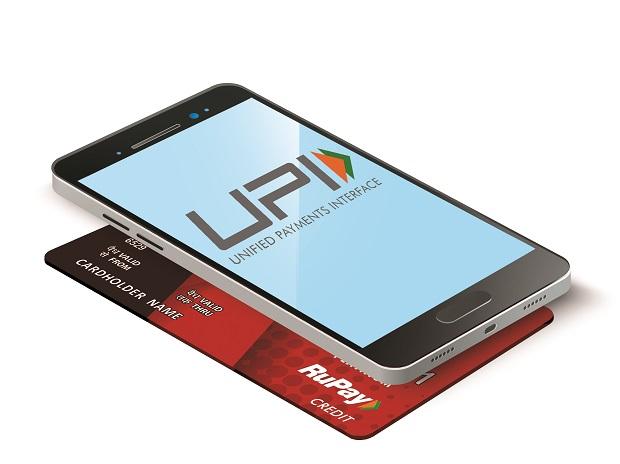[ad_1]
In November 2019, Alphabet-owned Google wrote to the US Federal Reserves, asking the central bank to design its upcoming instant payments system FedNow on the lines of India’s Unified Payments Interface or UPI.
It said, an open payments system fosters collaboration between technology and financial service providers, adding that India’s approach attained “amazing” results for banks, consumers and other players within the payments ecosystem.
In 2021, UPI processed around 39 billion transactions totalling $940 billion, equivalent to 31% of India’s GDP.
As if on cue, in August 2020, the National Payments Corporation of India, which operates UPI, launched NPCI International Payments, a subsidiary tasked with exporting NPCI’s indigenously developed offerings like UPI and the RuPay card network to foreign markets.
Over the past two years, NPCI International Payments, or NIPL’s effort to widen the reach of UPI in international markets has borne fruit.
On Monday, NIPL entered into a partnership with European payment services facilitator Worldline to allow Indian travellers to pay through UPI on the latter’s Point-of-Sale machines across Europe.
The first target markets for the facility are Belgium, the Netherlands, Luxembourg and Switzerland. It will be expanded as Worldline’s QR code-based mechanism is rolled out in more European countries.
Similar collaborations were recently announced with British payments solutions provider PayXpert, UAE’s Neopay and France’s Lyra Network.
NIPL’s biggest success came when Nepal became the first country outside India to adopt India’s interoperable real-time digital payments model earlier this year, bolstering its person-to-person and merchant payment transactions.
Last year, Bhutan opted to deploy UPI-specification QR codes while Malaysia’s Merchantrade Asia allowed sending remittances to India through UPI.
Central banks of India and Singapore had also announced plans to link Singapore’s PayNow and UPI, which would enable users to make instant fund transfers directly from a bank account to another between Singapore and India.
Last month, global payments infrastructure group TerraPay announced a partnership with NIPL to allow Indian customers and merchants with an active UPI ID to conduct cross-border payments with QR locations enabled by TerraPay globally.
NIPL’s partnerships are likely to bring down cross-border remittance fees, enable seamless cross-border merchant payments and empower Indian travellers to avail home-grown payment channels abroad.
India received $87 billion as remittances in 2021.
While NPCI’s global deals have largely been with private players to benefit Indian tourists, can India get other countries to adopt UPI as a domestic payment solution?
Ranadurjay Talukdar, Partner and Payments Advisory Leader, EY India says, NPCI can explain economic benefits of digital payments other govts.’UPI benefits SMEs and finance sector stakeholders. UPI can help make existing digital payments systems interoperable.
The NPCI has clear selling points to convince other governments of UPI’s economic benefits. If India plays its cards right, it has the necessary ingredients to help co-create payment systems with participating nations.
[ad_2]
Source link



